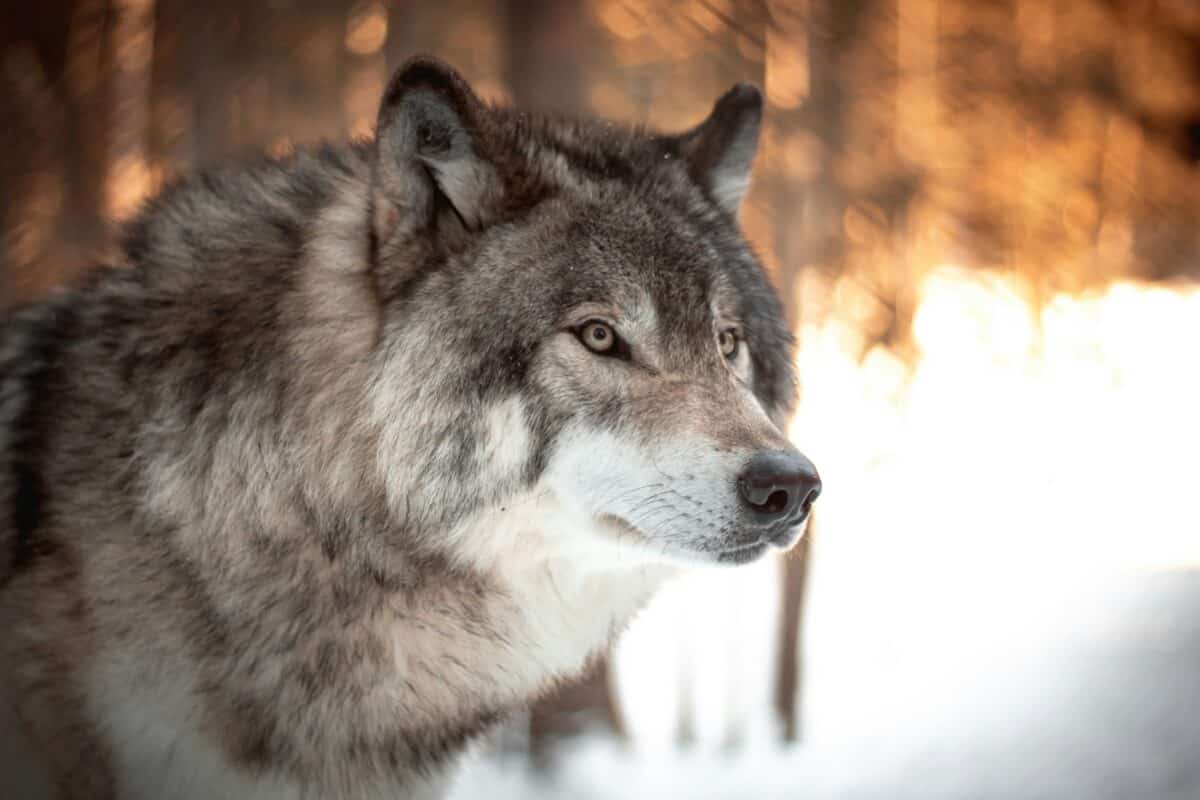Once nearly extinct in many parts of the western United States, wolves are staging a remarkable comeback. From the mountain ranges of Washington to the woodlands of Northern California, sightings are increasing, and while most are harmless, a few are causing serious concern.
For the first time in decades, reports of wolves coming uncomfortably close to humans and pets are gaining attention. And although attacks are extremely rare, they do happen, and often in places people don’t expect.
Wolf Populations Making a Strong Return

Wolves have gradually reclaimed territory across several western states after years of habitat protection and reintroduction efforts. But their expanding presence is now pushing them closer to towns, trails, and campsites.
- In Washington, the population jumped by 20% over the past year, with multiple new packs spreading beyond the Cascade Range.
- California now tracks over 75 individual wolves, mainly in the north, with some reportedly roaming as far south as Lassen Volcanic National Park—the first in nearly 100 years.
- Oregon and Idaho continue to serve as source states, with wolves dispersing into new areas via wildlife corridors and low-traffic ranges.
This spread is often hailed as a conservation success, but it comes with new challenges for those living, hiking, or camping in wolf country.
Rare but Real: Attacks That Got Too Close for Comfort
Though wolves are naturally wary of humans, a few rare incidents have raised red flags.
- In British Columbia in 2020, a 72-year-old man was severely injured when a wolf attacked unprovoked near his rural property.
- In Alaska in 2024, two hikers were bitten after a wolf, reportedly conditioned by previous food handouts, approached them while they repaired their car on the Dalton Highway.
- One of the most serious cases occurred in Saskatchewan in 2005, when a man was fatally attacked by a wolf pack near a garbage site in a remote area.
These incidents are still outliers, but they show that under the right (or wrong) circumstances, they can become dangerous, especially when food or pets are involved.
How to Stay Safe in Wolf Country

For people spending time outdoors in wolf-active areas, awareness and preparation are key. Whether you’re hiking, camping, or simply letting your dog out in the evening, here’s how to reduce risk:
When hiking or camping:
- Travel in Groups and Make Noise: Wolves are shy and typically avoid humans. Hike in pairs or groups, and talk or clap regularly to let wildlife know you’re nearby.
- Store Food Properly: Never leave snacks, garbage, or cooking supplies out overnight. Wolves have a strong sense of smell and may approach campsites if food is accessible.
- If You See a Wolf, Don’t Panic: Stand tall, wave your arms, and speak in a loud, firm voice. Slowly back away—don’t turn your back or run.
When around pets:
- Keep Dogs Leashed and Close: Wolves see domestic dogs as both competitors and potential prey. A free-roaming dog is far more vulnerable.
- Use Deterrents if Needed: Air horns, whistles, and bear spray can all be effective in scaring off wolves that come too close or appear curious.
- Report Suspicious Behavior: Wolves lingering near homes, chasing pets, or approaching people should be reported to local wildlife authorities immediately.
A Delicate Balance: Admiring From a Distance
The return of wolves to the American West is a milestone for ecological recovery, but also a test of how people adapt to sharing space with large predators. These animals serve a crucial role in maintaining balance in forest ecosystems, but they must also be respected as wild and potentially dangerous.
The key to coexistence? Education, caution, and common sense. With more people spending time outdoors than ever, the chances of crossing paths with wildlife increase, and it’s up to us to stay safe while ensuring their protection.
- Bride Surprises Groom With Rescued Animals at Bachelor Party - August 7, 2025
- White Deer Duo Stuns Iowa Family on Backroad Drive - August 1, 2025
- Iguana Fell and Hit Florida Man in the Face During Cold Snap - July 18, 2025

